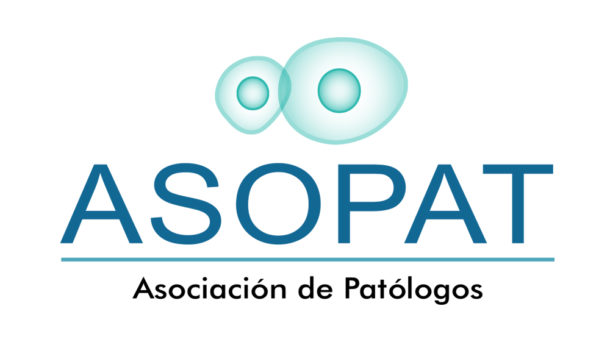Certainly one of biochemical parameters, the strongest predictor out-of ID is actually FPG. Subjects which have FPG one hundred-110 milligrams/dL got four-flex higher risk regarding ID than the subjects that have FPG 60 year-teams (Hours eight.09 95%CI 4.46–). Brand new predictive skill each and every biochemical scale according to pre-discussed clipped-offs demonstrated the greatest ID exposure to have HOMA2-IR > dos.5 and triglycerides > 150 milligrams/dL (Dining table step 3).
Metabolic disorder and ID
We seen a good three-bend high ID risk in sufferers who had metabolic disorder by the IDF requirements (MS-IDF) within baseline (Hours step 3.42, 95%CI 2.68–cuatro.37) than those which failed to. ID risk was highest utilising the ATP-III conditions MS definition (MS-ATP-III, Time step one.81 95%CI step 1.72–dos.13). When considering MS-IDF criteria, i observed significantly higher risk having ?2 components. I observed increased chance with dos parts (Hr step 3.84 95%CI 2.21–6.68), step three parts (Hour 6.76 95%CI step 3.86–) and also the high which have cuatro components (Hour 95%CI 6.29–). Using MS-ATP-III the risk increased having 2 elements (Hr dos.15 95%CI step 1.17–step 3.97), step three section (Hour cuatro.52 95%CI dos.49–8.21), cuatro areas (Hours 6.84 95%CI step 3.72–) and you may 5 areas (Hours 95%CI 5.32–), which was down versus MS-IDF (Fig. 2).
Exposure points to possess very early-start incident diabetic issues
We noticed 93 instances of early beginning ID more than 6298-people decades, producing a prevalence rate of circumstances each 1000 people-age (95%CI –), that was all the way down to this seen in individuals with ID start > forty years (IR 95%CI –). Within standard, victims which have early-start ID got high HOMA-IR, accelerated insulin, triglycerides as compared to victims which have ID ?40 years. Also, sufferers that have early-beginning ID got straight down FPG, Body mass index, sides width, systolic and diastolic blood pressure, full cholesterol levels, HDL-C and you can apoB account, adjusted to own age and you will sex. Using multivariate Cox regression, we seen one to HOMA-IR > 2.5 (Hour step one.82 95%CI step 1.13–dos.93) and FPG > 100 milligrams/dL (Hr 2.twenty-six 95%CI 1.63–step three.14) was risk points for early onset ID, whilst physical activity is actually a defensive basis (Hr 0.55 95%CI 0.36–0.83), adjusted to possess years, sex, first-training genealogy and family history off all forms of diabetes, WHtr > 0.5, smoking and blood circulation pressure. In the end, i seen a statistically tall communication ranging from HOMA-IR > dos.5 and you can very first-education genealogy out of T2D (Time step one.79 95%CI step one.05–step 3.04) just when you look at the people who have very early start ID. Having ID in somebody ?forty years, chance facts https://datingmentor.org/cs/alt-com-recenze/ included hypertension (Hour step one.47 95%CI step one.step 11–1.94), WHtr > 0.5 (Hours 1.82 95%CI 1.dos7–dos.61) and you will FPG > a hundred milligrams/dL (Hour 3.17 95%CI 2.66–step 3.79). Physical working out and you can insulin opposition estimated playing with HOMA-IR weren’t of the ID for the individuals > forty years.
We developed two main models for prediction of ID in Mexican population, an office-based model, which does not rely on fasting laboratory measurements, and a clinical biochemical method. For the office-based model, we identified as potential predictors age > 40 years, first-degree family history of T2D, WHtr > 0.5, arterial hypertension and BMI ? 30 kg/m 2 (Table 4); the model was validated using k-fold cross-validation (k = 10) and bootstrap validation (Dxy = 0.287, c-statistic = 0.656). We constructed a point-based model using ?-coefficients assigning a score = 1.0 to ?-coefficients 0.7. Using Cox regression, we evaluated the predictive capacity of threshold scores for ID. Using as reference level scores 1–3, scores between 4 and 6 had nearly two-fold higher risk for ID (HR 1.87 95%CI 1.18–2.98), followed by scores 7–8 (HR 3.36 95%CI 2.11–5.37) and the highest risk for scores 9–10 (HR 5.43 95%CI 3.31–8.91). Accumulated incidence was different between score categories (log-rank p Table 4 Office-based and biochemical model for prediction of incident diabetes from Cox-proportional hazard regression models
For the biochemical model, we identified as potential predictors age > 40 years, fasting triglycerides > 150 mg/dL, FPG 100–110 mg/dL, FPG 111–125 md/dL, arterial hypertension and abdominal obesity as diagnosed by IDF criteria, which was also validated and corrected for over-optimism (Dxy = 0.487, c-statistic = 0.741). Next, we constructed a similar model, assigning scores using a similar methodology from the office-based model. We analyzed strata using Cox regression and using as a reference scores > ? 1 but ?4 we observed increased risk in patients with scores 5–8 (HR 2.28 95%CI 1.68–3.10), followed by scores 9–12 (HR 6.99 95%CI 5.04–3.69) and the highest risk for scores 13–16 (HR 95%CI –). Evaluation between score categories showed different accumulated incidence (log-rank p Fig. 3


Comentarios recientes